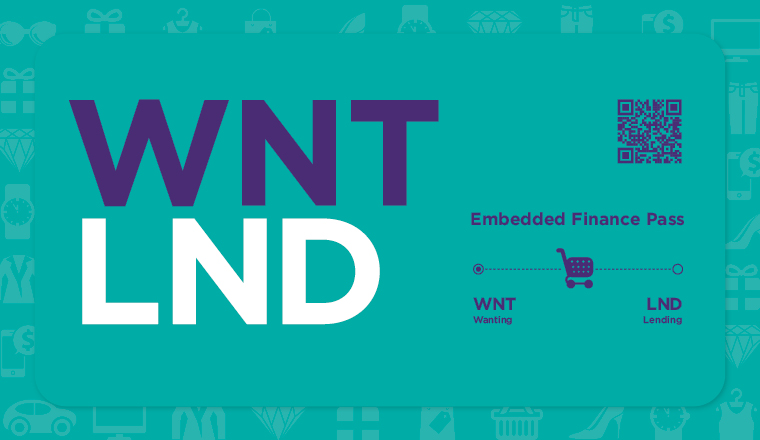Published: October 25, 2022
Embedded finance is tipped to become huge in consumer finance by providing customers with a way of paying for goods and services with minimal fuss, but this potentially highly disruptive technology is in its early stages, with many hurdles ahead.
Embedded finance is something that many consumers have already used, likely without realising. Services such as Uber, Deliveroo and Google Pay use forms of embedded finance, where a consumer pays for the goods or services automatically, without having to put in their credit card details each time.
Now, the use case of embedded finance is growing. Amazon, UK grocer Tesco and German grocer Aldi are just some of the companies to trial ‘just walk out’ stores, which allows customers to shop without ending the process at a checkout till. They are then billed via an app.
“We are just at the start of the embedded finance era, which is all about delivering what the consumer of financial products wants, not what the financial services industry wishes to give the consumer,” Louisa Murray, chief operating office of UK and Europe at fintech Railsbank, told EMEA Finance. “This is down to the fintech industry putting the customer first and building a proposition around them. For us, the embedded finance economy is a fundamentally different way of creating relationships between companies and consumers.”


